Rewilding Europe’s Natural Grazing Facility works to scale up natural grazing by wild and semi-wild herbivores in European landscapes. The first translocation organised through the facility has seen a group of Exmoor ponies released in Denmark’s Saksfjed Vildmark rewilding initiative.
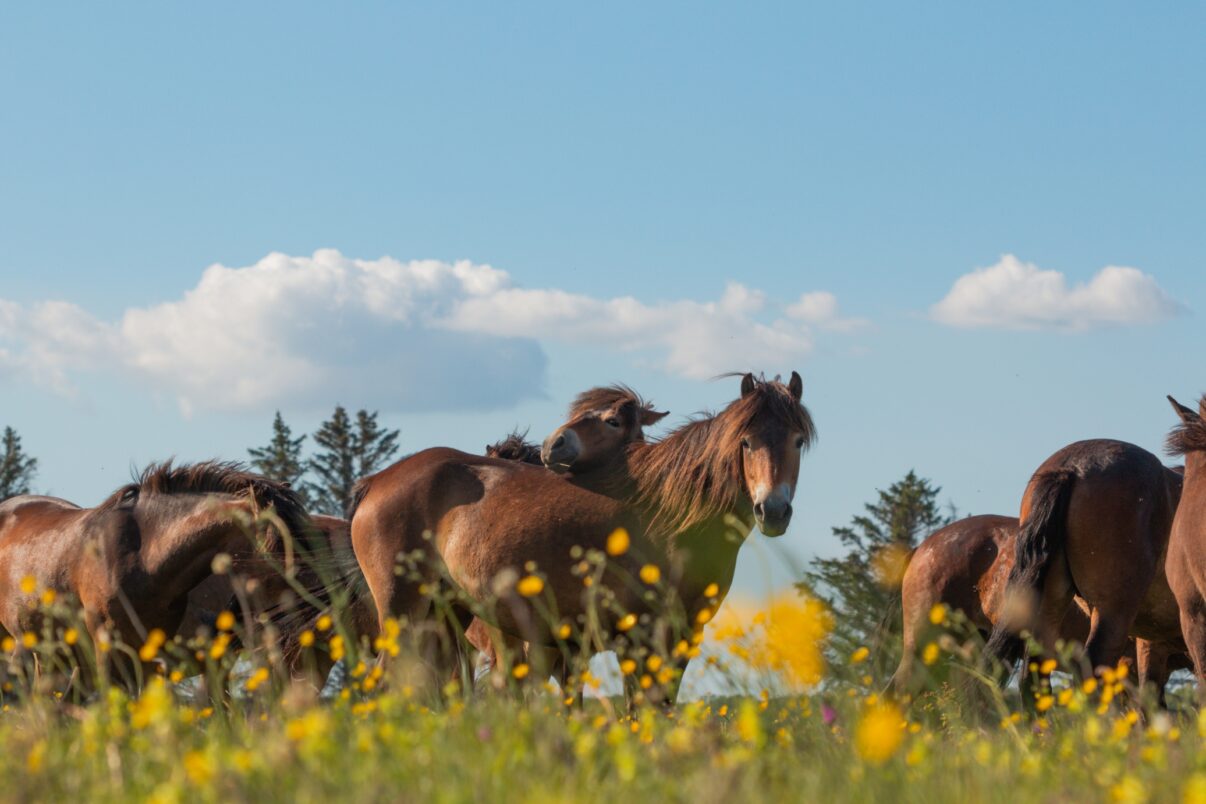
Enhancing natural grazing across Europe
Natural grazing by large, free-roaming wild and semi-wild herbivores such as deer, European bison, and horses, is critical to the health and functionality of many European landscapes. It can boost biodiversity by opening up landscapes and preventing encroachment by shrubs, reduce the risk of catastrophic fire, and enhance carbon storage and climate change resilience. Returning iconic grazers such as European bison to landscapes can also support the growth of nature-based economies, generating jobs and a new pride in local nature.
In late 2023, Rewilding Europe launched its Natural Grazing Facility as a tool for scaling up the adoption of natural grazing across Europe. The facility works by connecting demand and supply of herbivores among organisations dedicated to Rewilding Europe’s rewilding principles.
A pioneering translocation
In exciting news, the first translocation of animals through the Natural Grazing Facility took place in the late spring, with a herd of 23 Exmoor ponies transferred to the Saksfjed Vildmark (“Saksfjed Wilderness”) – an ambitious, Denmark-based rewilding initiative managed by Danish philanthropic organisation the Hempel Foundation. The ponies were sold by Grazelands Rewilding (formerly the Taurus Foundation), a Dutch organisation working to enhance natural grazing in the Netherlands and across Europe. To supplement these animals, Rewilding Europe donated a further 17 ponies that were living at the Kempen-Broek rewilding initiative.
The 40 ponies, which were released into two large enclosures of 300 and 450 hectares at Saksfjed, have acclimatised well to their new home. In the 450-hectare enclosure they joined an existing herd of 10 Exmoor ponies, with three foals already born to this group since their arrival. The ponies share their enclosures with a total of around 150 Galloway cattle.
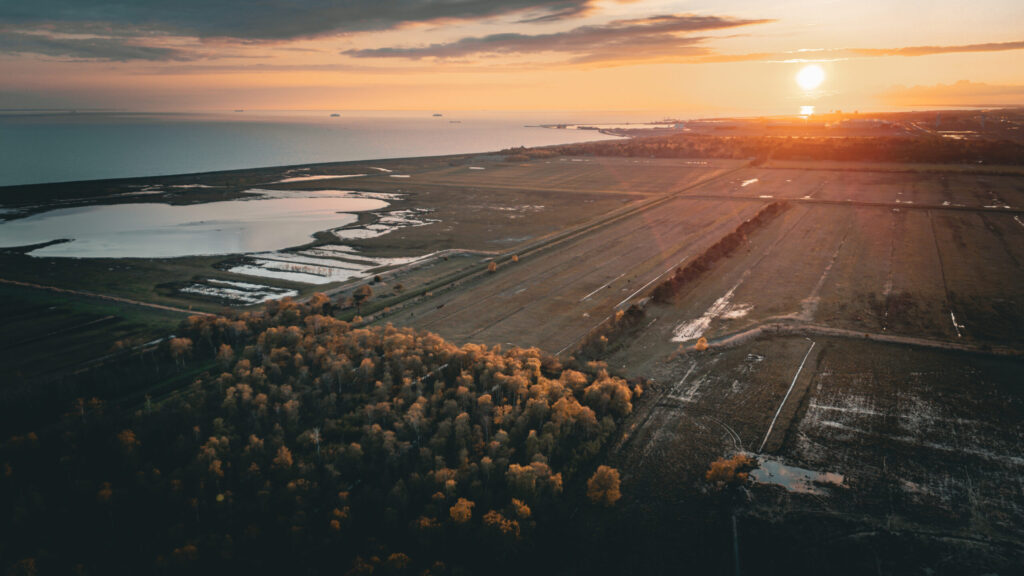
Towards a wilder landscape
The Saksfjed Vildmark initiative, which joined Rewilding Europe’s European Rewilding Network earlier this year, is located at the southern tip of the Danish island of Lolland. The 800-hectare site, a coastal area comprising meadows, wetlands and woodlands, was mostly used for agriculture in the past. Starting in January 2023, the Hempel Foundation has been working to actively rewild nature here, based on the restoration of natural processes that is aligned with ecological science and practical experience.
Moving forwards, Saksfjed Vildmark will be allowed to develop into a wilder area of grassland with scattered vegetation, open forests, and wetlands – all grazed by bovines and horses. The more than 200 horses and bovines that are now at the site have already had a significantly positive impact on the landscape, enhancing the diversity of both habitats and wildlife.
“Numerous sand pits have been created in the enclosures by the animals through their digging and scraping and rolling around, which has exposed a lot of sand,” says Thor Hjarsen, who is head of Saksfjed Wilderness as a senior biologist with the Hempel Foundation. “This is good for the germination of new wildflowers, and has also generated opportunities for soil-dwelling insects. We have identified a lot of new bee and beetle species, for example.
“The horses and bovines have also helped to open up the forested areas on the site, which were previously very dense. This will allow flowering plants to grow, benefitting insects such as butterflies. We expect the beneficial impact of the animals to increase moving into next year.”
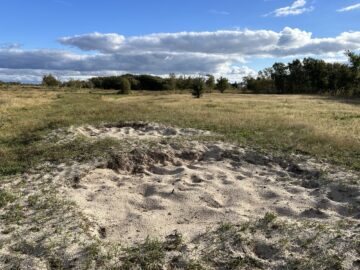
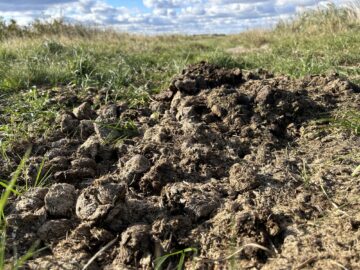
Building engagement
Complementing its focus on practical rewilding, the Saksfjed Vildmark initiative is also prioritising people and engagement. The rewilding team are working to facilitate learning, research, communication, and the development of best practice to inspire other stakeholders and landowners to rewild for biodiversity and climate, in Denmark and beyond.
“The ponies have really helped in this regard,” says Thor Hjarsen. “There is public access to the site via 15 gates and the animals have attracted growing numbers of visitors. In addition, we have organised popular guided walks with local communities, as part of our outreach efforts on the horses and rewilding in general.
“We have also experienced a lot of interest from scientists and students, with a large number of survey plots and transects set up for monitoring biodiversity. This reflects the Hempel Foundation’s ambition to promote rewilding best practice and support the scaling up of rewilding.”
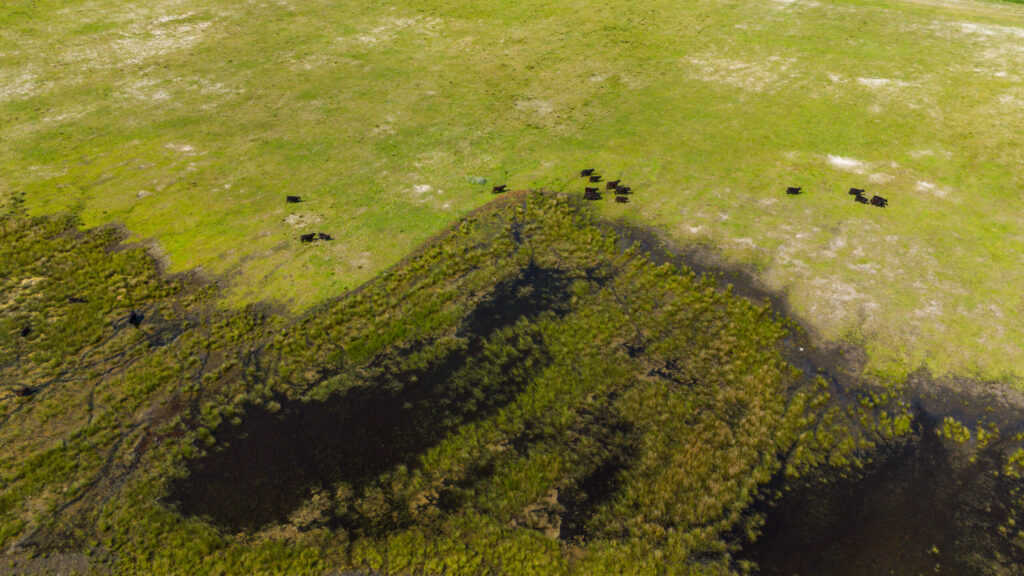
Let us facilitate your needs
Anyone involved in practical rewilding that employs natural grazing can connect with the Natural Grazing Facility – either as a potential supplier or a potential recipient of herbivores. All organisations will be carefully vetted to ensure their efforts align with rewilding principles.
“The set-up of the Natural Grazing Facility made it easy to use and very effective,” says Thor Hjarsen. “The whole translocation process was incredibly efficient, and we received healthy and good-looking animals from Grazelands Rewilding, so we are very happy.”
“This is just the start of our collaboration with the Hempel Foundation,” adds Ronald Goderie, Director of Grazelands Rewilding. “At Grazelands Rewilding we are committed to scaling up natural grazing in European landscapes. I look forward to organising more herbivore translocations to European rewilding initiatives through the Natural Grazing Facility.”
